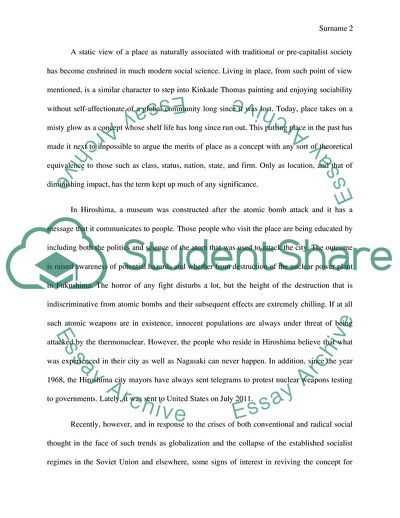Cite this document
(Anthropology of Japan Essay Example | Topics and Well Written Essays - 1750 words, n.d.)
Anthropology of Japan Essay Example | Topics and Well Written Essays - 1750 words. https://studentshare.org/anthropology/1862226-anthropology-of-japan
Anthropology of Japan Essay Example | Topics and Well Written Essays - 1750 words. https://studentshare.org/anthropology/1862226-anthropology-of-japan
(Anthropology of Japan Essay Example | Topics and Well Written Essays - 1750 Words)
Anthropology of Japan Essay Example | Topics and Well Written Essays - 1750 Words. https://studentshare.org/anthropology/1862226-anthropology-of-japan.
Anthropology of Japan Essay Example | Topics and Well Written Essays - 1750 Words. https://studentshare.org/anthropology/1862226-anthropology-of-japan.
“Anthropology of Japan Essay Example | Topics and Well Written Essays - 1750 Words”. https://studentshare.org/anthropology/1862226-anthropology-of-japan.


